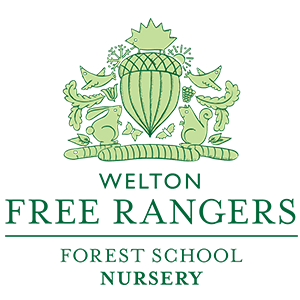In the Burrow last week we celebrated Chinese New Year. We did this in a variety of ways; rice paintings, Chinese lanterns and Chinese stencils. The larger aim of this week’s activities was to celebrate and understand cultures and promote an environment of inclusivity. We believe empathy and understanding is crucial to helping a child to develop holistically, so sharing a cultural celebration such as Chinese New Year with the children, greatly helps to promote these sentiments. One activity in particular, the children really loved, was making some coloured rice. We began with uncooked rice in three separate bowls. As children started to arrive they were very inquisitive about what the rice was for. We had three basic food colourings, red, green and yellow. M and C sat with me at the table with spoons at the ready! I poured some colouring into their bowls and the mixing began. When the rice was covered C, B and I transported the rice into a warm cupboard to let it dry.
Whilst playing with the rice they used their senses of sight, hearing and touch - which made me think, how best I could incorporate smell! So over the weekend I made some more colourful rice, going for a more vibrant blue, pink and green. This time I added a dash of peppermint flavouring so the children could use their sense of smell whilst playing. I brought the rice in on Tuesday making sure it was 100% dry (so we had no stained coloured fingers!) What a hit again! It’s great how this activity has attracted and interested the children in the Burrow for two weeks, watching them use all their senses whilst they are exploring.
Whilst playing with the rice, “A” said to me, “Look Nic, they are bouncing.” She let the rice pour out of her hand from a height and then let the grains fall into the tray.
It amazes me how something as simple as rice can begin to form the foundations of understanding key concepts such as volume and the differences between liquids and solids and therefore gradually help children to understand how the world works. The more links we can facilitate, the greater the understanding. That’s why as a practitioner I try to use questioning to further understanding and strengthen learning. For example, “What happens if we pour the rice from higher up?” or “Does the rice run down hill?’ From these simple activities, problem solving, creative thinking and language development are just some of the areas covered and explored.
And like the legend of the “chessboard,” who knows where and how this understanding might exponentially grow?
